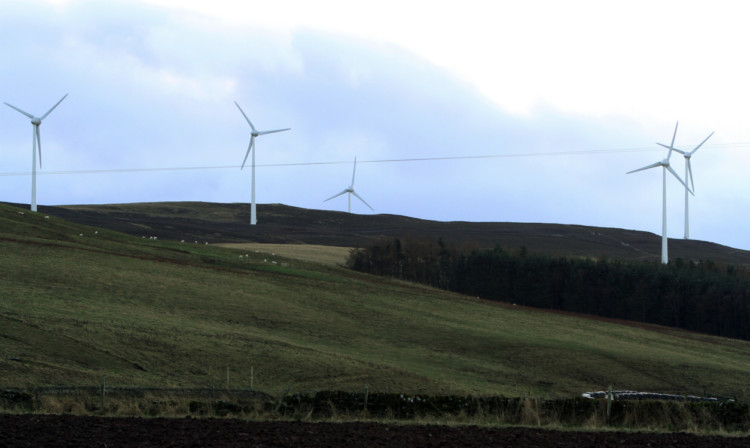A national body has welcomed the publication of a “bible” warning against large-scale windfarms on the Angus hills but there are fears the guidance could lead to the creation of “turbine ghettos”.
The Mountaineering Council of Scotland (MCofS), the only representative group for climbers, hill-walkers and ski tourists, said a new independent technical study will help save the county’s landscape from “becoming merely ordinary”.
The 197-page strategic landscape capacity assessment for wind energy in Angus has advised Angus Council, developers and residents that most of the county is ill-suited to large numbers of tall turbines.
Other groups have voiced concerns that pockets of Angus marked out as suitable for renewables development in the report could create “turbine ghettos”.
Dave Gordon, director of landscape and access for the MCofS, told The Courier: “MCofS is pleased to see the study recognise that large industrial structures diminish the majesty of the hills.
“It is very clear in its conclusion, which we wholly support, that ‘significant areas of Angus have no underlying capacity for wind turbine development’.”
“This includes all of the Highland summits and plateaux parts of the Highland Glens and foothills.
“The study finds that elsewhere in the glens and foothills only small numbers of small turbines (less than 50m) would be appropriate.
“We have some extraordinary landscapes in Scotland and the spread of enormous turbines threatens to make too many of them merely ordinary.
“People do not travel, either within Scotland or from abroad, to see ‘ordinary’ landscapes.”
The report was drawn up by consultants Ironside Farrar after being commissioned by Scottish Natural Heritage in conjunction with Angus and Aberdeenshire councils.
It will inform, as a “material consideration”, Angus Council’s consideration of planning applications, and predates work on the local authority’s Local Development Plan and associated supplementary guidance.
The long-awaited strategic landscape capacity assessment for wind energy in Angus was commissioned to assist the decision-making process over wind energy development proposals and planning applications.
The assessment has determined that “there are no areas of Angus with an underlying capacity for extensive windfarms with large-scale turbines”.
One key element states: “The transition between highland and lowland is particularly dramatically presented in the form of the Highland Boundary Fault separating the broad valley of Strathmore from the Grampian Mountains, and is key in
determining the underlying capacity of the landscape to accommodate wind turbines.”
